Unmanned Aerial Vehicles (UAVs), or drones, have evolved significantly from their military origins to become powerful tools across numerous sectors, including aerial photography, surveying, logistics, and agriculture. Understanding their key parameters is essential for selecting the right model. This article delves into the core specifications of several representative DJI products, providing both English and Chinese descriptions to offer a comprehensive overview.
Core Performance Parameters
1. Takeoff Weight (起飞重量)
Takeoff weight refers to the total weight of the drone, including all its payloads (such as batteries, cameras, etc.). It directly influences flight endurance, stability, and regulatory compliance (e.g., some regions have different registration requirements for drones over 249 grams).
DJI Mini 4 Pro: Approx. 249 g (约 249 克) - Lightweight design for portability; registration may not be required in some areas.
DJI Air 3: Approx. 720 g (约 720 克) - A balanced choice offering portability and robust performance.
DJI Mavic 3 Pro: Approx. 958 g (约 958 克) - Professional aerial photography, capable of carrying heavier payloads.
DJI Matrice 300 RTK: Approx. 6.3 kg (with two TB60 batteries) (约 6.3 公斤,含两块TB60电池) - An industrial-grade platform that can be equipped with various professional payloads.
2. Max Flight Time (最大飞行时间)
Max flight time is a critical metric for assessing how long a drone can operate on a single charge, directly impacting operational efficiency. This data is typically measured under specific conditions: no wind, at sea level, at a constant speed, and with specific camera settings.
DJI Mini 4 Pro: Approx. 45 minutes (约 45 分钟)
DJI Air 3: Approx. 46 minutes (约 46 分钟)
DJI Mavic 3 Pro: Approx. 46 minutes (约 46 分钟)
DJI Matrice 300 RTK: Approx. 55 minutes (约 55 分钟) - Achieved with its powerful battery system.
3. Max Horizontal Speed (最大水平飞行速度)
Max horizontal speed dictates how fast the drone can travel through the air, which is particularly important for rapid inspections or covering large areas.
DJI Mini 4 Pro: 21 m/s (approx. 75.6 kph) (21 米/秒,约 75.6 千米/小时) - Limited to 19 m/s in EU regions.
DJI Air 3: 21 m/s (approx. 75.6 kph) (21 米/秒,约 75.6 千米/小时) - Limited to 19 m/s in EU regions.
DJI Mavic 3 Pro: 21 m/s (approx. 75.6 kph) (21 米/秒,约 75.6 千米/小时)
DJI Matrice 300 RTK: S mode: 23 m/s (approx. 82.8 kph) (S 挡位:23 米/秒,约 82.8 千米/小时); P mode: 17 m/s (approx. 61.2 kph) (P 挡位:17 米/秒,约 61.2 千米/小时)
4. Max Wind Resistance (最大抗风等级)
Max wind resistance indicates the maximum wind speed at which the drone can maintain stable flight. In real-world scenarios, flight plans should be adjusted based on environmental conditions.
DJI Mini 4 Pro: 10.7 m/s (approx. 38.5 kph) (10.7 米/秒,约 38.5 千米/小时)
DJI Air 3: 12 m/s (approx. 43.2 kph) (12 米/秒,约 43.2 千米/小时)
DJI Mavic 3 Pro: 12 m/s (approx. 43.2 kph) (12 米/秒,约 43.2 千米/小时)
DJI Matrice 300 RTK: 12 m/s during takeoff/landing / 15 m/s in flight (12 米/秒 起降时 / 15 米/秒 飞行时)
Imaging System Parameters (影像系统参数)
The camera's sensor size, resolution, aperture, and video capabilities are key factors determining image quality.
1. Sensor Size & Pixels (传感器尺寸与像素)
DJI Mini 4 Pro: 1/1.3-inch CMOS (1/1.3 英寸 CMOS), 48MP (4800 万像素) - Compact design with excellent photo and video capture abilities.
DJI Air 3: Wide Camera: 1-inch CMOS (1 英寸 CMOS), 50MP (5000 万像素); Tele Camera: 1/1.3-inch CMOS (1/1.3 英寸 CMOS), 48MP (4800 万像素) - Dual-camera system offering versatile perspectives.
DJI Mavic 3 Pro: Hasselblad Camera: 4/3 CMOS (4/3 CMOS), 20MP (2000 万像素); Medium Tele Camera: 1/1.3-inch CMOS (1/1.3 英寸 CMOS), 48MP (4800 万像素); Tele Camera: 1/2-inch CMOS (1/2 英寸 CMOS), 12MP (1200 万像素) - Features the legendary Hasselblad camera for superior imaging performance.
2. Video Resolution & Frame Rates (视频分辨率与帧率)
DJI Mini 4 Pro: Supports up to 4K/60fps HDR (最高支持 4K/60fps HDR), with options for 10-bit D-Log M and HLG color profiles.
DJI Air 3: Supports up to 4K/60fps HDR video recording (最高支持 4K/60fps HDR 视频录制).
DJI Mavic 3 Pro: Hasselblad camera supports up to 5.1K/50fps or 4K/120fps (哈苏相机支持高达 5.1K/50fps 或 4K/120fps); ProRes format offers higher bitrate and color depth.
DJI Inspire 3: Supports ultra-high-definition video recording up to 8K/75fps (支持高达 8K/75fps 的超高清视频录制), featuring a 35mm full-frame CMOS sensor, providing top-tier imaging for cinematic production.
Other Important Parameters (其他重要参数)
1. Obstacle Sensing System (避障系统)
An advanced obstacle sensing system is crucial for flight safety, capable of detecting and avoiding obstacles in all directions: forward, backward, upward, downward, left, and right.
DJI Mini 4 Pro: Omnidirectional vision sensing system (全向视觉感知系统).
DJI Air 3: Omnidirectional obstacle sensing (全向视觉感知系统).
DJI Mavic 3 Pro: Omnidirectional obstacle sensing (全向探测系统).
DJI Matrice 300 RTK: Equipped with various gimbals providing forward, backward, upward, and downward sensing capabilities
2. Video Transmission System (图传系统)
The video transmission system determines the stability and transmission range of the signal between the remote controller and the drone, impacting the user experience and flight performance.
DJI Mini 4 Pro: O4 transmission system, up to 20 km (FCC) (O4 图传系统,最远 20 公里 FCC 标准下).
DJI Air 3: O4 transmission system, up to 20 km (FCC) (O4 图传系统,最远 20 公里 FCC 标准下).
DJI Mavic 3 Pro: O3+ transmission system, up to 15 km (FCC) (O3+ 图传系统,最远 15 公里 FCC).
DJI Matrice 300 RTK: O3 Pro transmission system, up to 15 km (FCC), supports dual control (O3 Pro 图传系统,最远 15 公里 FCC,支持双控).
3. Positioning System (定位系统)
Global Navigation Satellite Systems (GNSS) such as GPS, GLONASS, BeiDou, and Galileo are fundamental for precise drone positioning. RTK (Real-Time Kinematic) technology offers centimeter-level accuracy, commonly used in high-precision surveying and other professional applications.
Conclusion (总结)
From the portable Mini series to the professional Matrice series, DJI drones offer diverse parameter configurations to meet varied user needs. Understanding these specifications not only aids in making informed purchasing decisions but also empowers users to fully leverage the capabilities of their drones to achieve their creative, surveying, or operational objectives.

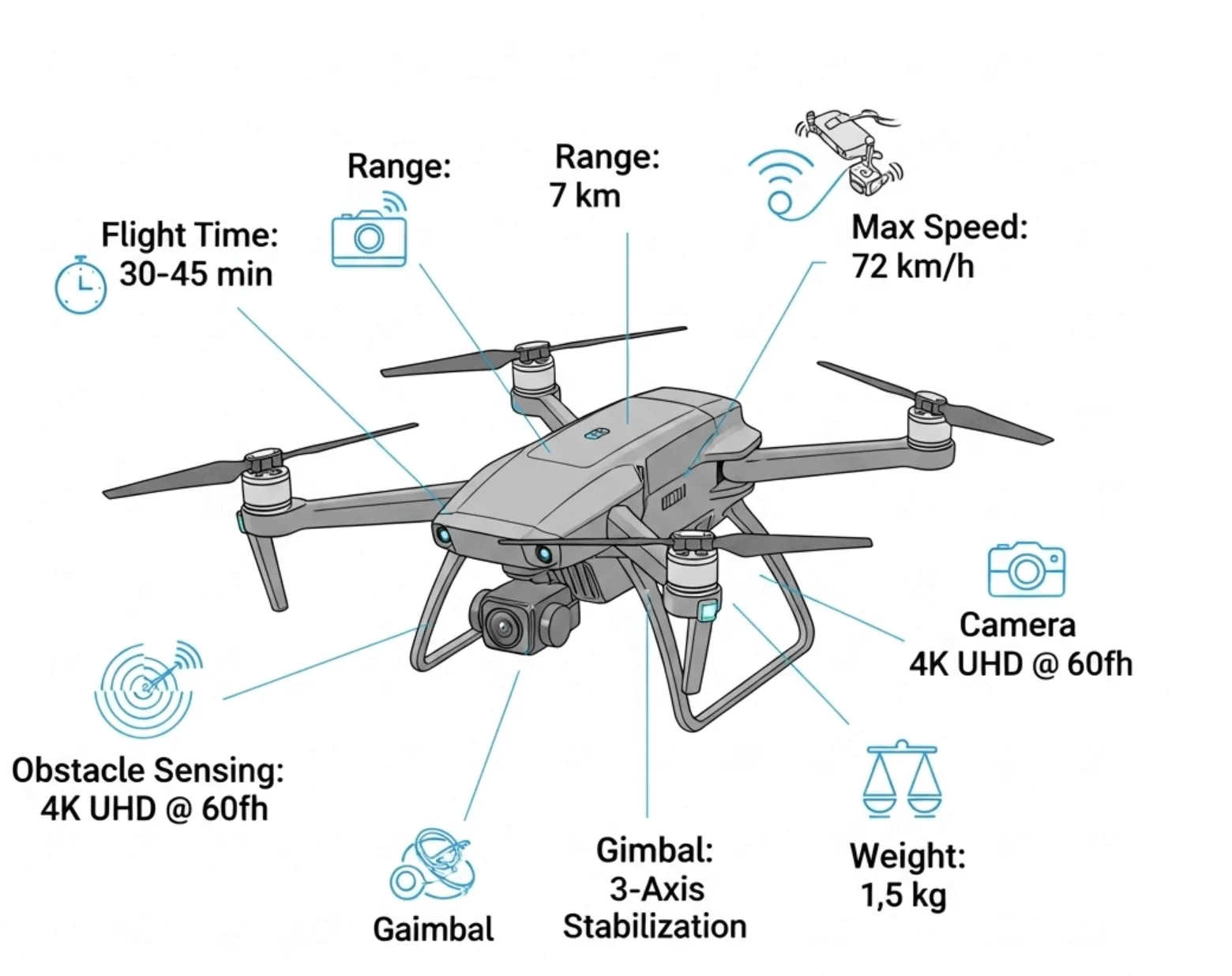
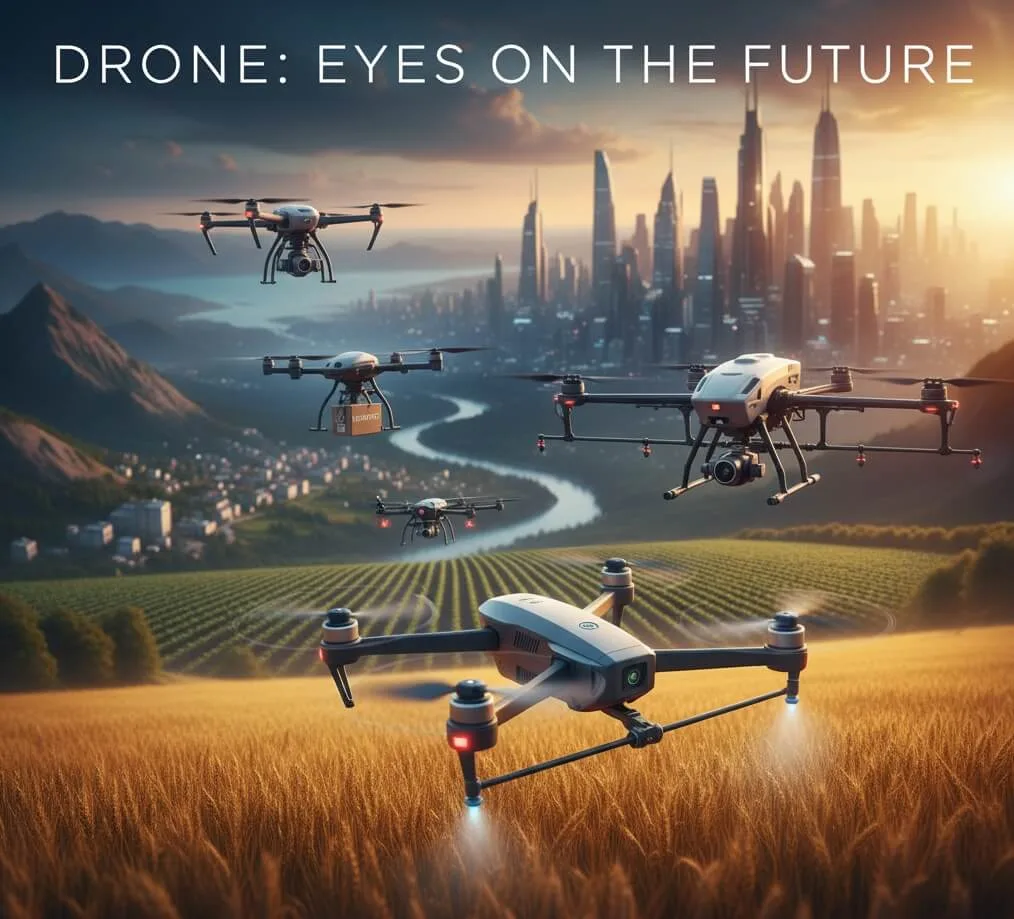
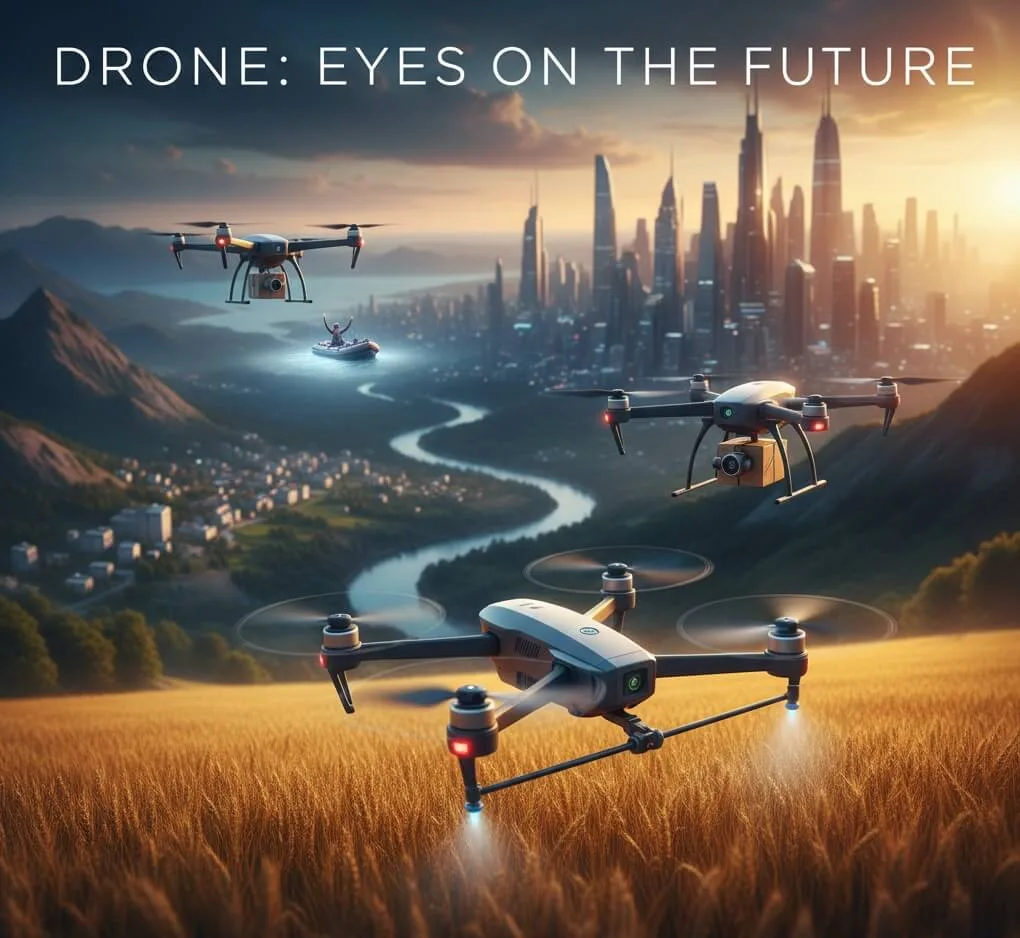
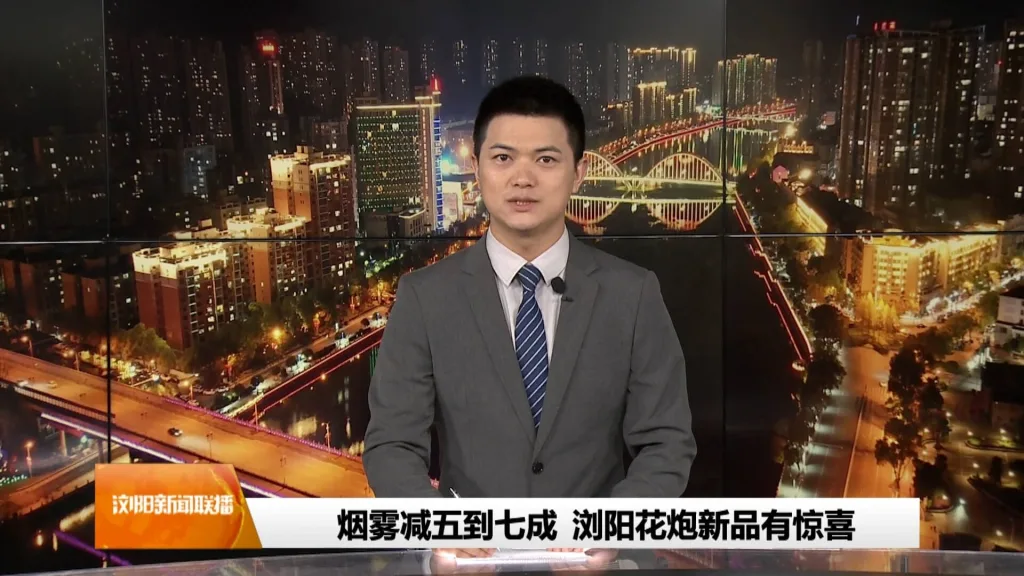

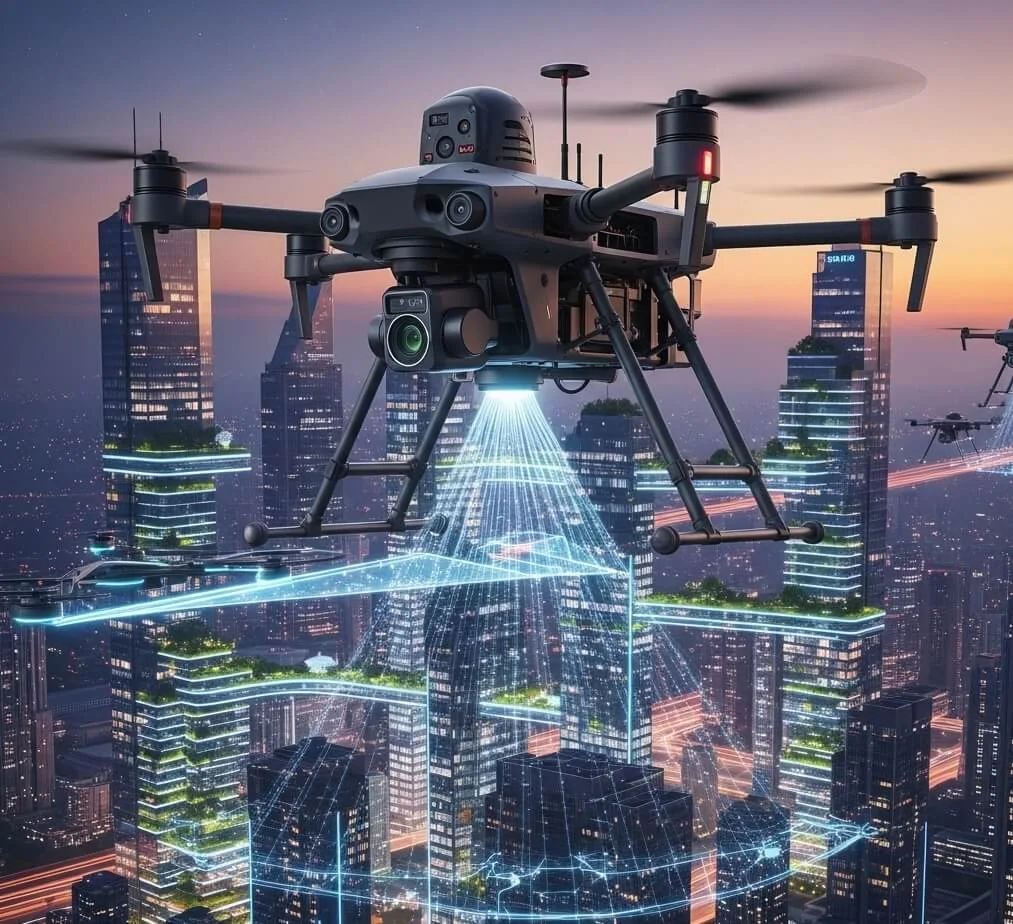
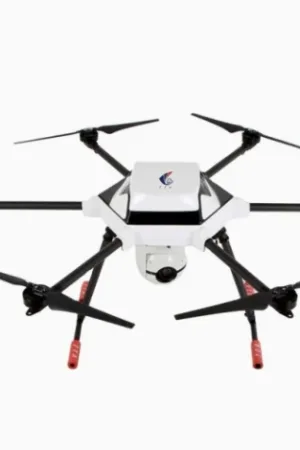
![💰 Unbeatable Value Price! Tired of mixing and matching? We've pre-designed a spectacular fireworks display from the ground up! This incredible value kit packs a total of 36 premium fireworks, offering maximum variety and stunning effects. Secure the most dazzling night for the most affordable price! 🎇 Kit Highlights: Layered Excitement (36 Pcs/Set) 🎇 🚀 Aerial Kings: Sky-High Spectacle 8 Rockets: The classic show-starters, soaring with a whistle to burst into huge floral breaks high above. 1 Cake: A single fuse unleashes a rapid, multi-shot sequence, delivering a mini-finale experience. 8 Large Dual-Effect Aerials: Powerful lift with two distinct breaks in the sky, providing deep, layered visual impact. 10 Small Dual-Effect Aerials: Compact and punchy, adding intense, colorful concentration to the middle layer of the sky. 🔥 Mid-Level Barrage: Speed and Intensity 4 Gatling/Roman Candles: Rapid, consecutive shots of colorful fireballs, creating a dynamic "machine gun" effect in the mid-air. ✨ Ground Essentials: Foundation for Fantasy 5 Fountains/Ground Spinners: Safe, beautiful effects that spray gold and silver showers and sparks, setting a dreamy foundation for the show. ⭐ Why Choose [The Annual Value Feast]? King of Value: Hand-picked, high-rated firework types bundled at a special package price, significantly lower than buying individual items. Rich Variety: Perfectly combines Ground, Mid-level, and High-altitude effects, transforming a simple light show into a professional-grade layered spectacle. Simple Setup: All products are clearly labeled, making it easy for both beginners and seasoned enthusiasts to light up their grand celebration! Limited stock available! Grab yours now to enjoy the biggest bang for your buck!](https://www.yaoanjituan.com/wp-content/uploads/2025/10/1760435668-微信图片_20251014175001-300x450.webp)


